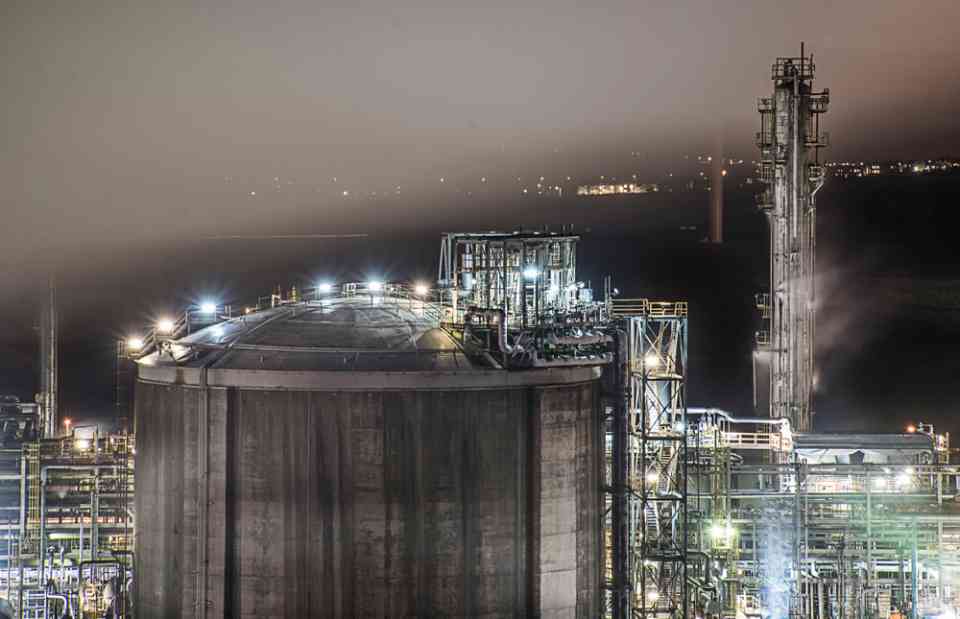Asia’s Factory Activity Expands Amid Global Economic Momentum

Asia’s manufacturing sector saw robust growth in June, driven by strong global economic momentum and improved semiconductor output prospects, according to surveys released on Monday (Jul 1). This positive trend offers some optimism that the region can withstand the impact of weak Chinese demand. However, rising costs presented challenges for manufacturers in countries like Japan, where a weakened yen has increased the price of fuel and raw material imports.
China’s Caixin/S&P Global manufacturing purchasing managers’ index (PMI) rose to 51.8 in June, up from 51.7 in May, marking the fastest expansion in over three years and surpassing market expectations of 51.2. This private-sector data followed official PMI figures released on Sunday, which indicated a decline in China’s manufacturing activity for the second consecutive month and a five-month low in services activity.
These surveys suggest that Chinese firms are increasing production despite subdued domestic demand, which Beijing has been unable to revive with its efforts to support the struggling property sector.
Reflecting strong global demand, South Korea’s factory activity growth accelerated in June to its highest rate in 26 months due to a surge in new orders, according to a private survey. Similarly, manufacturing activity in Vietnam and Taiwan also expanded at a quicker pace in June compared to May. South Korea’s manufacturing output and orders, integral to supply chains for key intermediate goods like batteries and semiconductors, often signal broader export trends.
Japan’s manufacturing sector expanded in June, albeit at a slower rate than in May, as companies faced rising costs due to the weak yen. The final au Jibun Bank Japan manufacturing PMI stood at 50, on the break-even line separating growth from contraction, down from 50.4 in May. However, an index measuring future output expectations among Japanese firms rose to a six-month high, driven by a more positive medium-term outlook for the automotive and semiconductor sectors.
The International Monetary Fund (IMF) anticipates a soft landing for Asia’s economies, with moderating inflation allowing central banks to ease monetary policies and support growth. The IMF projects regional growth to slow from 5% in 2023 to 4.5% in 2024 and further to 4.3% in 2025.
Have you read?
What Business Leaders Can Learn from Top Sporting Event Athletes.
African countries with the highest number of internally displaced persons (IDPs)
Revealed: Countries With the Largest Forex Reserves.
Eric Spofford Is Turning People’s Lives Around as a Business Athlete.
Countries buying the most Black Hawk helicopters.
Bring the best of the CEOWORLD magazine's global journalism to audiences in the United States and around the world. - Add CEOWORLD magazine to your Google News feed.
Follow CEOWORLD magazine headlines on: Google News, LinkedIn, Twitter, and Facebook.
Copyright 2025 The CEOWORLD magazine. All rights reserved. This material (and any extract from it) must not be copied, redistributed or placed on any website, without CEOWORLD magazine' prior written consent. For media queries, please contact: info@ceoworld.biz








